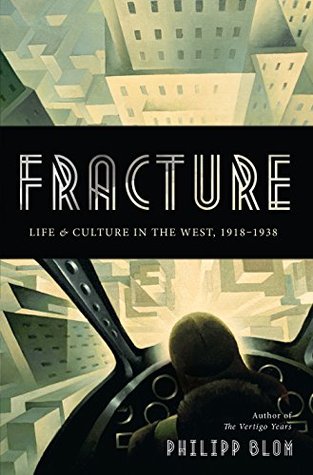Du Bois, like many of his generation, expected Hughes and other rising stars to subordinate artistic imperatives to the political needs of the wider movement for black equality and, specifically, racial integration. By contrast, Hughes and his contemporaries regarded themselves as artists first and political activists second, and even emphasized differences between the races rather than seeking to lessen or downplay them. By 1926, a new, more radical magazine was on the stands: Wallace Thurman’s Fire!!
Welcome back. Just a moment while we sign you in to your Goodreads account.


